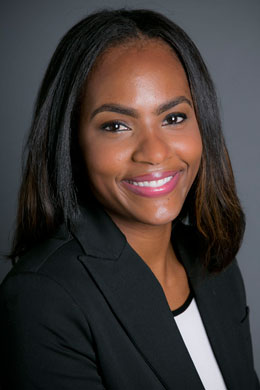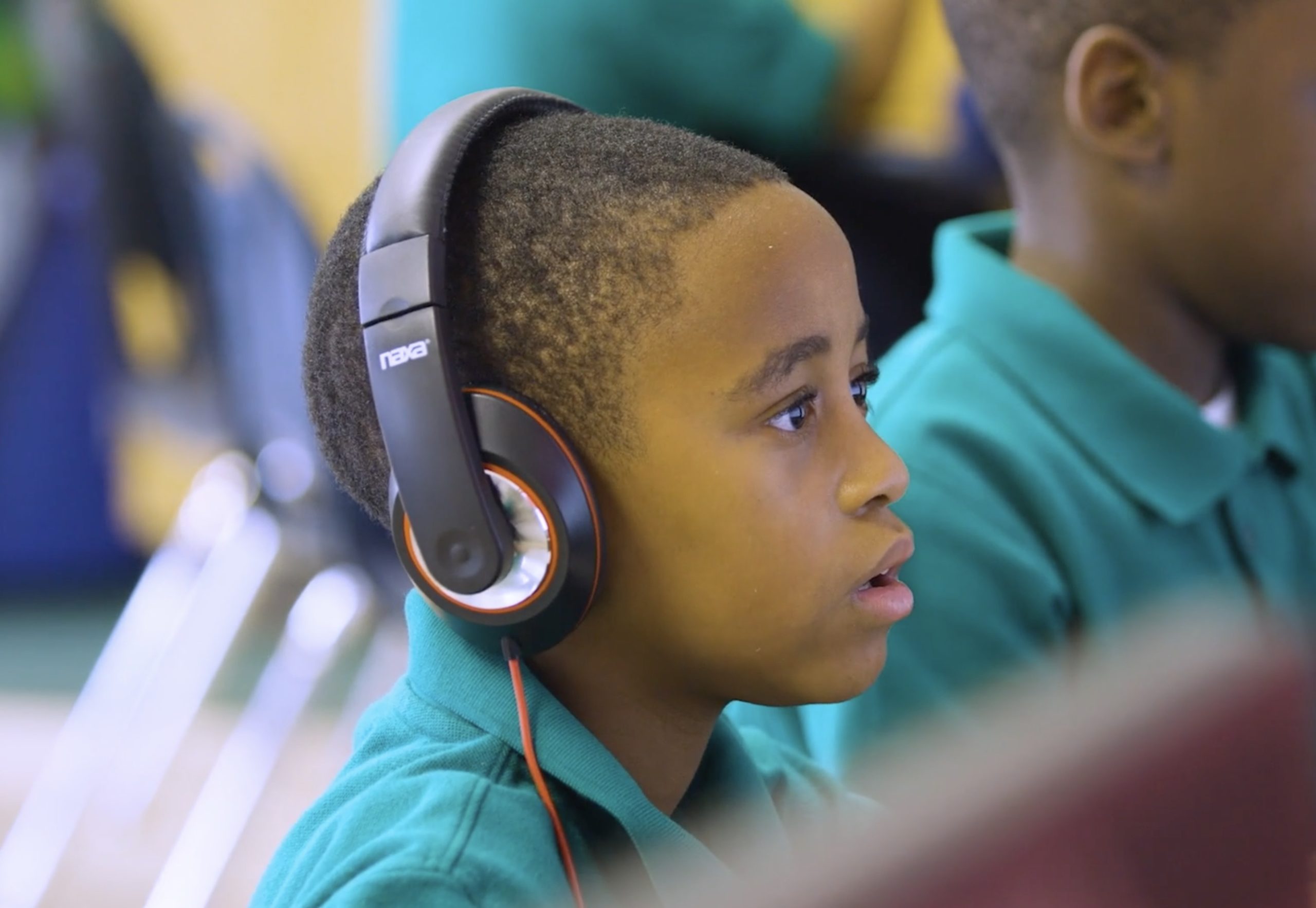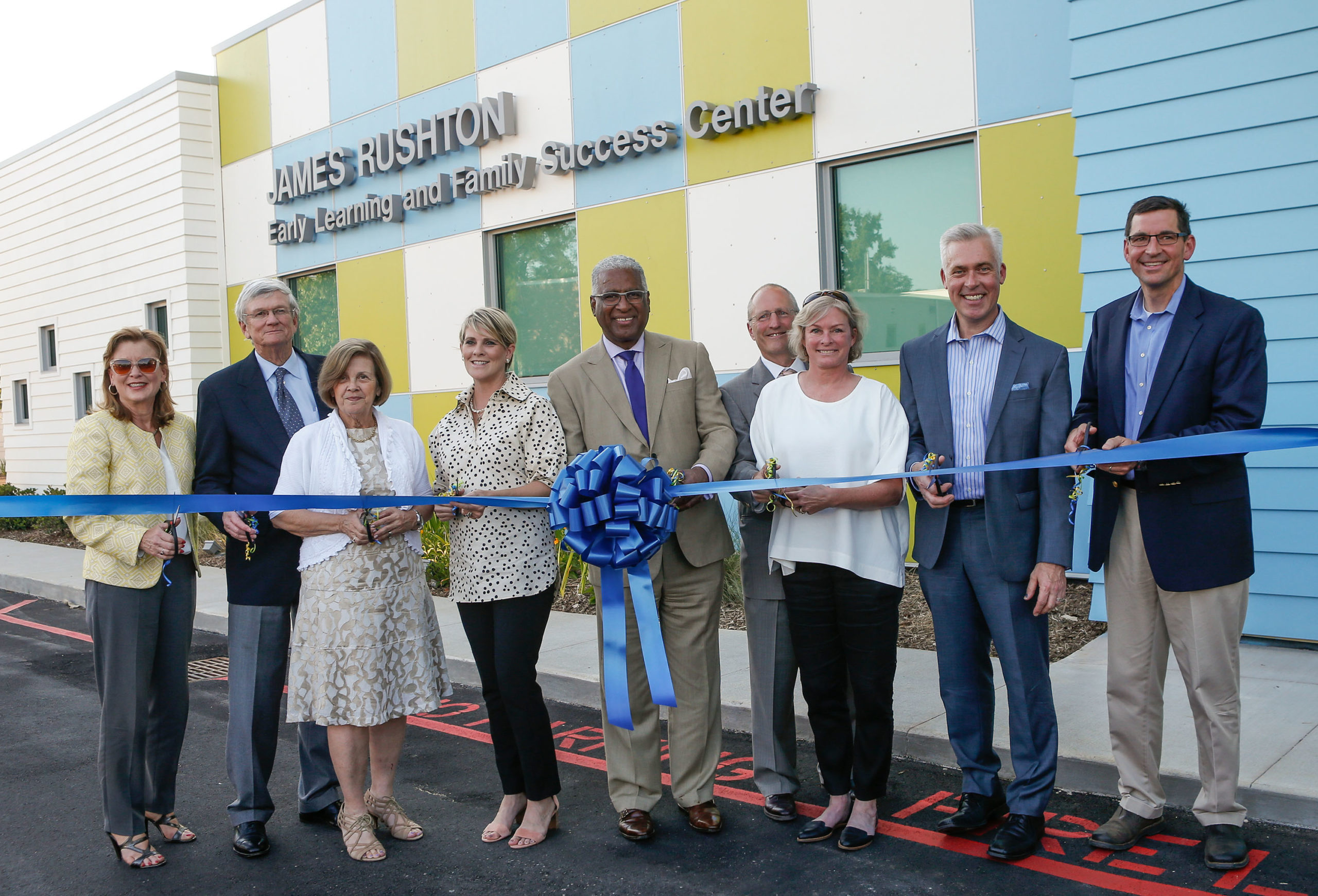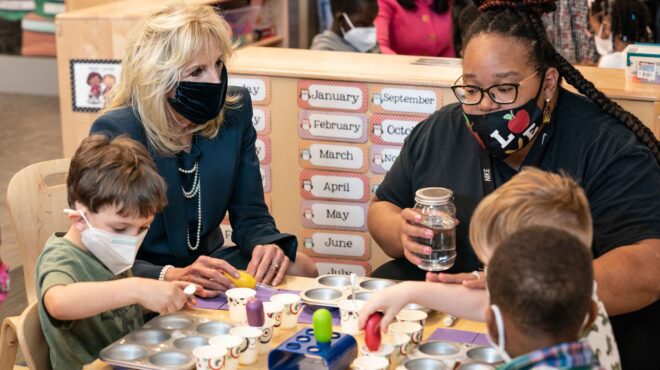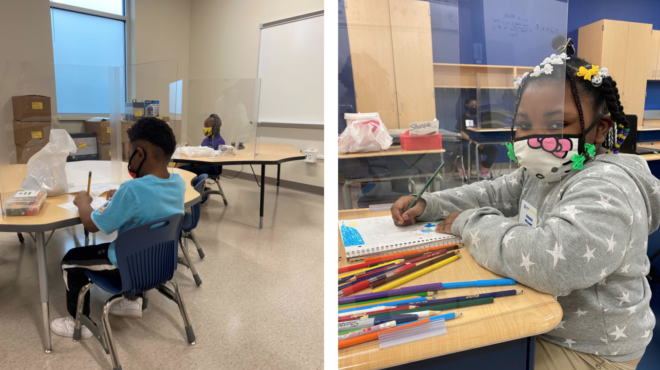By Brittany Collins, Community Development Advisor, Purpose Built Communities
It is always a thrill to open my mailbox and find a high school graduation announcement. That piece of paper, embossed with a school logo and proudly addressed to me, represents the culmination of years of hard work and love. Then, my feelings of pride and support inevitably shifts to wonder. Where is this young person going to college? What future does she imagine for herself?

One of the fundamental elements of the Purpose Built Communities model is the deliberate creation of a cradle-to-college pipeline for young people. No matter where they live, all students deserve access to a rigorous curriculum in a healthy setting with the care of passionate and skilled educators. In addition to that foundation, the success of so many young people depends on more than what happens in the classroom. Based on my own story and what I have learned in my role with Purpose Built, I believe that if our ultimate goal is to break the cycles of generational poverty, the “to college” part of that tenant must be carefully nurtured along the way for each and every student, and it must also extend into college.
At my small high school in East St. Louis, Illinois, going away to college was not accessible to all. The few most promising students were pushed toward an academic career beyond graduation, but the resources to encourage every student to explore their options were not available. Opportunities for enrichment, access to the right mentors and a cultural expectation of continuing education affect a student’s ability to even get to college in the first place. When I was a senior, a new superintendent, Dr. Stan Mims, began the process of changing the norm of low expectations and removing barriers. He found grant funding to expose more of our class to college opportunities and even fund college tours. That made all the difference to me. My English teacher pushed me to visit her alma mater, Spelman, and I returned home a walking billboard for this historic women’s college in Atlanta.
I joined Upward Bound and College Access, programs that help students from economically challenged communities transition to college and apply for scholarships. Those opportunities, combined with support from my loving parents, enthusiastic teachers and strong school leaders helped me secure enough financial aid to make it to Spelman. Coordinated, intentional, sustainable support has to come from not just one or two people, but an entire community. I needed encouragement and access to programs that filled in the gaps of what my support system could offer.
The job of that community isn’t done once a student leaves for college. Although I was president of my high school class and earned an impressive GPA, I experienced “imposter syndrome” early in my time at Spelman. I saw young women whom I assumed were from more affluent families, had richer high school experiences, and who had traveled abroad. My network encouraged me to keep trying, and without them, my story might have ended differently.
After graduating from Spelman, I spent five years teaching in a high-poverty school in Atlanta. Building from my own childhood, it is clear that communities must be intentional about creating schools that meet their unique needs. Across the Purpose Built network, there are schools that have enrichment programs like robotics and Spanish, after-school and tutoring programs and counselors who stay in touch with students beyond high school graduation to ensure they succeed in college. These kinds of services only work if they are sustainable and in partnership with the community. Too often, funding is secured to try out an idea, but there isn’t sufficient buy-in and planning to carry programs forward. That’s why the role of a coordinating organization—a community quarterback—is critical to enabling collaboration in communities and identifying needs and resources.
Systematic change to level the playing field for students from low-income neighborhoods requires us to think differently. We must be nimble, flexible and creative, and we must purposefully surround children with high expectations and the unique resources needed to realize their potential.
Read a Q&A with Rachel Kaney and Michelle Stinson about the college and career readiness programs at Drew Charter School in Atlanta’s East Lake Neighborhood—programs that were carefully designed to support students throughout their journey to college and beyond.
Brittany Collins, Community Development Advisor
Brittany Collins, a versatile education advocate, served as a Community Development Advisor for Purpose Built Communities from 2014-2018 where she provided consulting support to Network Members and prospects across the country committed to implementing a holistic, placed based community revitalization model. In July 2018, she joined OneGoal Metro Atlanta, a national organization focused on helping high school students get to and through college. Brittany graduated from Spelman College with a B.A. in Psychology, earned a Master of Early Childhood Education with honors from Georgia State University and completed Columbia Business School’s Developing Leaders Program for nonprofit professionals. She resides in Atlanta with her husband and two children.

